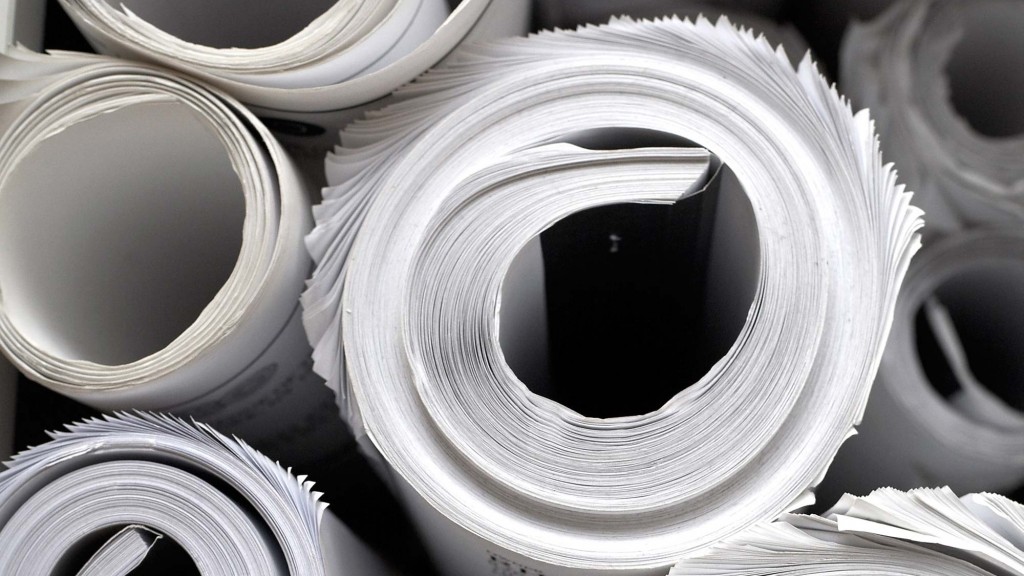How can we improve the design process?
Design Process Innovation
What We Did
We explored the concept of “value-stream mapping” as a lens through which to reconsider the design process. Value-stream mapping is a lean manufacturing technique created by Toyota that provides a method for understanding, and then designing, the flow of materials and information required to deliver a particular product. To apply value-stream mapping to design, we first identified how the activity of “making design” differs from the making of physical objects. We see our key value-creating exercise as designers in the decisions we make and the ability of those decisions to productively move a project forward. The flow of decisions, as opposed to materials, therefore formed the basis of our analysis.
With this as our core concept, we conducted a value-stream mapping analysis to identify and analyze the flow of decisions and information throughout a traditional project process. We used this activity to identify value- and non-value-adding steps within the design process and reveal opportunities to improve operational efficiency without sacrificing quality of delivery. Based on these opportunities, we conducted experiments with Gensler project teams to help conceptualize new design methods. Our goal was to develop and refine our insights to reconceptualize the design process and optimize the value we deliver to our clients.
The Context
An optimal design process is one that brings together the team to productively focus on and solve each client’s problem. The increasing complexity of projects has, however, driven the design industry to create complex processes and deliverables that serve short-term delivery and communication needs rather than align more broadly with the needs of a project and client. Without innovation in how service is delivered, increasing speed and complexity will inevitably result in reduced quality. We must realign our methods to serve as facilitators of, rather than barriers to, the creation of client-focused solutions as well as of direct client engagement in the design and delivery process.
The Results
We propose restructuring the project process to place the value-creating exercise—decision-making—at the center. This will focus team efforts toward the continual exchange of knowledge and information relating to each specific decision. We see a better design process as a series of decisions, each supported by activities and deliverables produced by designers. Combined inputs, activity, deliverables, and the resulting decision form a “design cell” (based on the concept of a “work cell” from manufacturing). Effective design cell organization allows individual units to be mined for efficiencies, as well as to be grouped to understand higher-level decision-making needs.
The concept of a decision-focused design process is not new, but we see a timely opportunity to connect the concept with reality as increasing complexity necessitates a reconsideration of traditional processes. Advancements in collaborative design technology have increased both the opportunity and the need for a change in how we design. But it is important to note that they are not the impetus; at any technological level, a focus on decisions versus documentation can produce valuable returns.
What This Means
A decision-focused process is more tangible and more transparent. The result is a more relevant process that readily engages and empowers clients, consultants, and design teams in a productive way.
A decision-focused process requires solutions-focused deliverables. We must shift the nature of project materials away from the use of traditional views and document packages. Customized decision-making views that illustrate solutions to particular issues allow the decision flow to move forward more seamlessly.
Individual decisions and solutions aggregate to decision streams. By aggregating the outcomes of an optimized process, the emphasis moves to the value-creating core of the project design. This creates opportunities to better communicate how our designs and decisions impact business value and directly link to project goals.
What’s Next?
We are currently outlining specific techniques that can be employed to manage projects in a workflow optimized for the production of decisions. We continue to investigate models for project delivery that redefine project relationships and project processes.
Learn More
Team
Carolina Tombolesi, Reg Prentice, Alexia Beghi, Kristen George, Keiko Morita
Year Completed
2013
Comments or ideas for further questions we should investigate?
